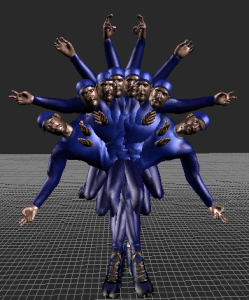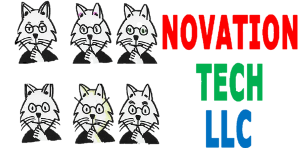When I brag and tell people that we’ve developed a virtual reality training system for baseball players (PITCHvr™) , some angrily say “That’s ridiculous! Just get out in the fresh air and sunshine and hit the old ball around.”
I have to agree with the common sense that a good way to learn baseball is to play baseball. But, yo, it is no longer the best way.
Hold on, don’t yell at me. I’ve got nothing against fresh air and sunshine, but honestly it has a lot of limitations that do not exist in PITCHvr’s virtual world.
To defend myself, here are 10 reasons virtual reality (VR) will make you into a better ball player.
- Only one person is needed for VR training – you. You don’t need a pitcher, a catcher or someone to shag baseballs. You just need a headset and good concentration.
- You do not need a baseball field to practice in VR. I grew up in the city and didn’t have access to large areas suitable for baseball. Many emerging players do not have the luxury of a convenient and available baseball field. With VR you can train in a very small indoor space.
- VR is ready when you are. Time is important in our busy world, and players don’t all have the advantage of being able to schedule specific times to practice. With VR you don’t have to travel to a field, and you don’t have to waste your time waiting for your turn at bat. Just grab the headset whenever you have a few minutes and get to practicing.
- The weather is always perfect on the VR playing field. It doesn’t matter what the real weather is outside; put on your headset and you can play baseball in perfect conditions. Plus, you can play 12 months a year. Sure, if you really want it, we can add simulations for rain, snow, wind, shadows, sun glare and fog. If you think that will help you train, we’ll add it, but for now we’ll stick to perfect weather in our VR simulation.
- VR lets you face repeatable quality pitches. The best pitcher, the best, most expensive pitching machine is not able to accurately and repeatably throw quality pitches the same way in the same strike zone location over and over. VR can do it endlessly.
- Real life pitchers get tired. Your PITCHvr™ hurler can throw for hours. The first pitch is as high quality as the hundredth. OK, a pitching machine can throw for hours too, but do you have exclusive access to it for hours? Does a pitching machine really seem like a real pitcher? Nope.
- Most real-life pitchers can’t throw more than a couple different types of pitches. PITCHvr™ can throw three types of curveballs, two types of sliders, four types of fastballs, as well as change ups. The “quality” of the pitches can be set from high school through pro all-star levels.
- Most real-life pitchers can’t throw using different arm slots. The VR pitcher can throw overhand, ¾ arm, side arm, and submarine.
- PITCHvr™ provides training tools difficult to replicate in real life. PITCHvr™ lets you use colored balls for different types of pitches (e.g., RED = fastball, BLUE = curveball). PITCHvr™ can paint arrows on the baseball to allow you to better track spin and understand different types of pitches. If you like you can ask the pitcher to throw you golf balls … they keep you on your toes.
- PITCHvr™ provides training tools impossible to replicate in real life. PITCHvr’s Eye Sync™ lets you view the exact same pitch over and over (and yeah, over). Soundscapes™ uses your hearing to scientifically train your eyes to better recognize and track pitches. A pitch release point graphic hangs in mid-air just behind the pitcher to help you better focus on the pitch release point. A similar graphic hangs in mid-air between the pitcher and home plate to help you focus on the pitch path tunnel zone.

I’ll stop at 10 reasons VR helps in baseball training, but I could go on and on about safety, the importance of seeing as many thrown pitches as possible, and automatic customized performance analysis.
Certainly, traditional baseball training is great, but VR can supplement it and, more importantly, VR can make baseball training accessible to many more players around the world.
